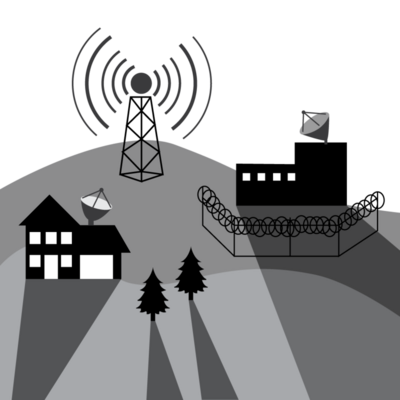What does North Korea’s participation in the South Korean-hosted Winter Games really mean for the peninsula? To some observers, Pyongyang looks like a party crasher seeking feel-good photo ops but not contributing much. Others see the “joint Olympics” as an experiment in cooperation that at the very least is better than inertia.
Monitor Daily Podcast
- Follow us:
- Apple Podcasts
- Spotify
- RSS Feed
- Download
 Clayton Collins
Clayton Collins
The stock market got whipsawed. The federal government flirted with another partial shutdown. A domestic-abuse case roiled the White House inner circle.
Amid all of that a private rocket soared.
More powerful than anything since the Saturn V that carried Apollo missions on its back, it took along a red Tesla Roadster as its test payload. Perhaps the most enduring visual of the week was that car, the big blue marble behind it, a spacesuited mannequin projecting a casual bliss from the driver’s seat.
Elon Musk is no citizen scientist. More like Earth's deep-pocketed chief innovation officer. But workaday scientists at the root of great advances keep quietly pushing at the boundaries of thought. This week a team studying the DNA of a skeleton found in 1903 in a cave near the village of Cheddar, England, discovered that the 10,000-year-old “Cheddar Man” would have had dark-pigmented skin.
As one archaeologist on the project told The Guardian, “these imaginary racial categories that we have are really … very recent constructions, that really are not applicable to the past at all.”
In the United States more than 60 PhD candidates in STEM fields – science, technology, engineering, and math – will reportedly be running for political office at some level this year. That can be cast as a wave of “resistance.” Or it can be seen as an encouraging trend: deeper social engagement by men and women committed to the steadying hand of demonstrable truth.
Now to our five stories for today, chosen to highlight the importance of clear intentions, of casting a critical eye on "progress," and of recognizing the power of connection.












